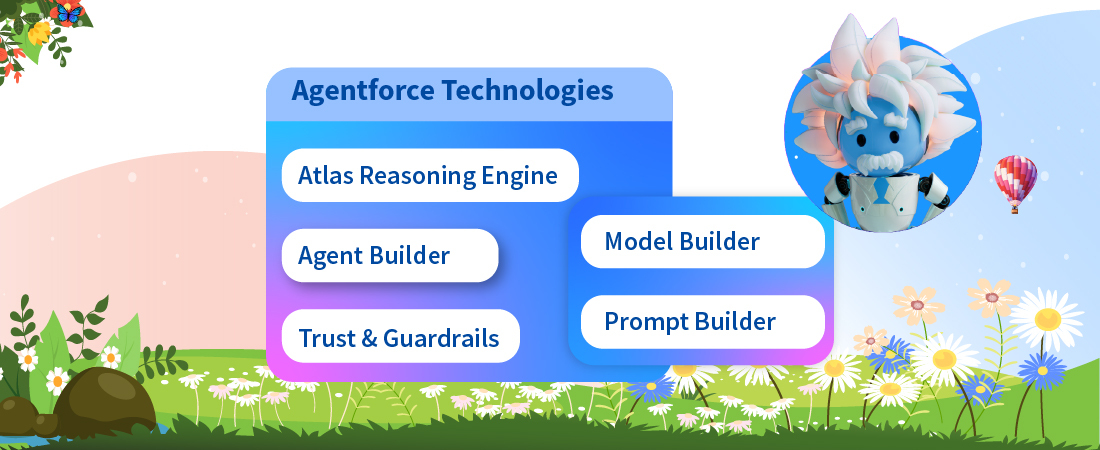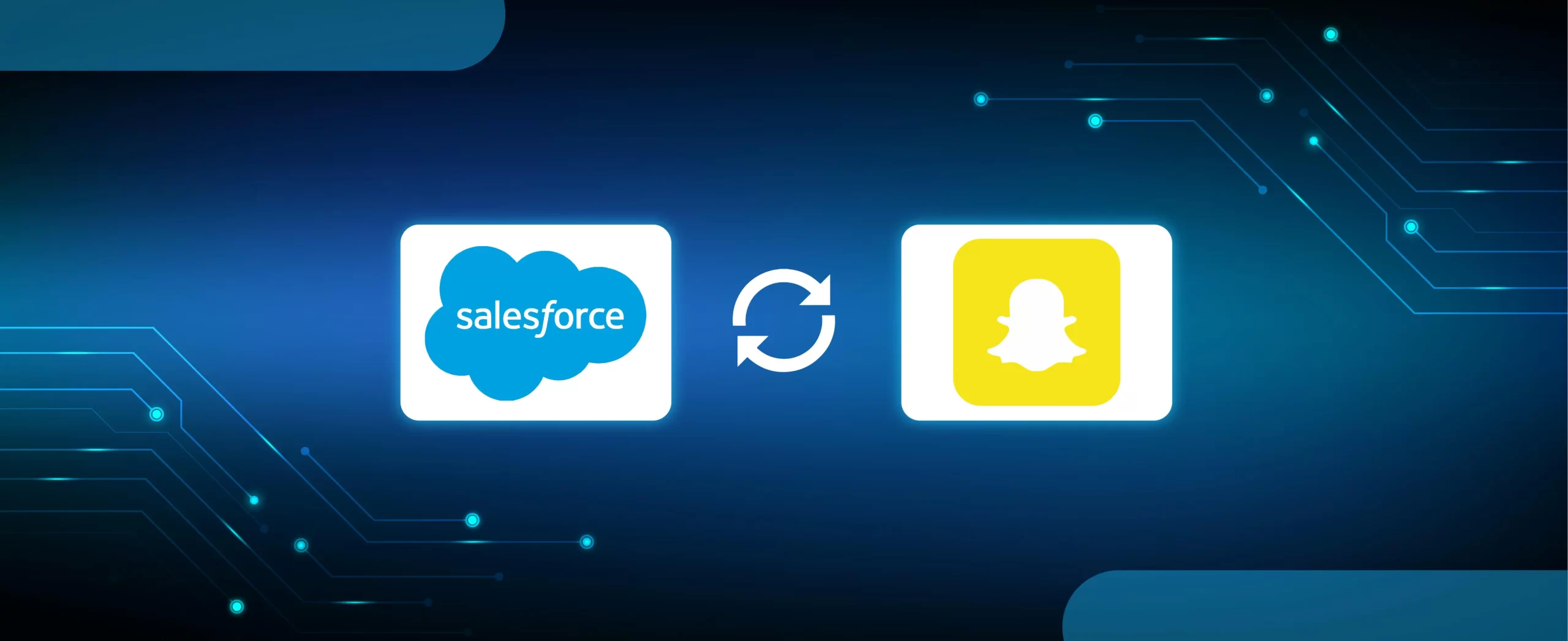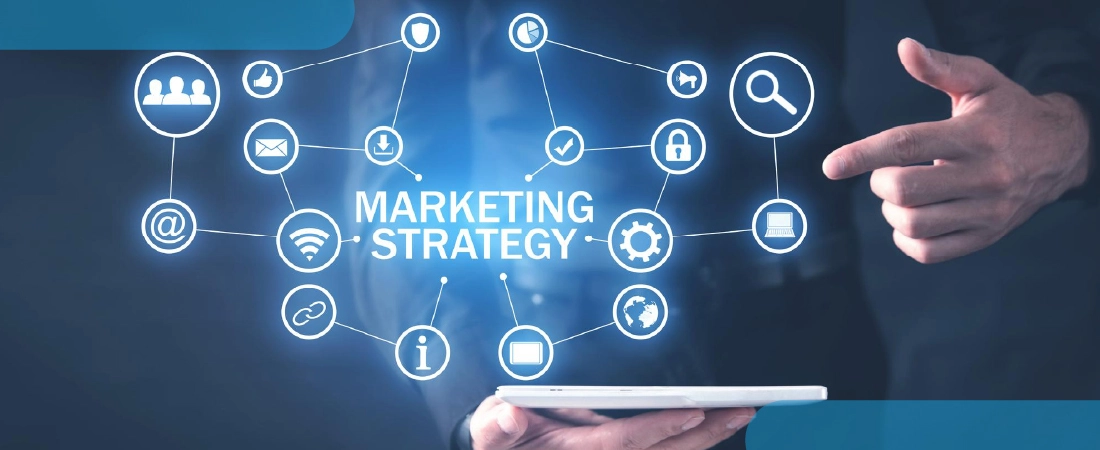Prelude: 2020
In a few months, the Winter’ 20 release will be upon us, and so will the next decade.
Conversations have hovered over what form, if at all, Saas will take in the next ten or so years. Already, Salesforce has come out with four cloud rollouts this year. The rationale behind individual clouds can seem nebulous and overwhelming, especially if you’re entirely new to the platform. Some of these saw their fair share of both fanfare and skepticism, the Sustainability Cloud in particular.
We look at some of those installments in this piece to get more perspective on things to come.
The year in review: A horizon covered with new clouds and enhancements
All the same, Salesforce needed to append new cloud services to attend a breadth of use cases and play against other big enterprise providers. To this end, it acquires smaller firms to extend its own productivity, documentation, and analytics arms through pioneering new clouds and enhancements to widen their scope.
Freshly Spun Clouds:
By their own definition, a Salesforce cloud is a “loose federation of features that help you accomplish certain types of activities or supporting your customers.” And Salesforce has quite a few going already.
The specific functions of newer clouds are aimed at drawing in more users to its suite of products, from whom they can be cross-sold to others. And Salesforce is more than keeping up with the competition.
There’ve been four new cloud rollouts just this year.
It provides a 360-degree view of environmental impact and reliable data-driven insights to effect noticeable change.
Conjoins traditionally disjoint departments like sales and operations for more accurate predictions.
Aims to prevent stockouts and accumulation, and drive down warehousing costs
- Salesforce Consumer Goods Cloud
Enables convergence of product arrivals, store visits, retail execution, and in-store experiences.
- Salesforce Government Cloud (*by Mulesoft, a Salesforce subsidiary)
Agencies can monitor all legacy integrations to accelerate delivery on projects and lower innovation costs. Brings together FedRAMP authorization and legacy API lifecycle management.
Enhancements - Facelifting older releases with Personalization, Connectedness :
Frequently, Salesforce swells to cover more ground on verticals and improves on its own products through development and acquisitions to be more nimble and adaptive.
It doubles down on improvements instead of seeding newer ventures. Further, it focuses on improving the CRM by quickly integrating the most current technology and making it available through the entire spectrum of customers.
This has generated a horizontal expansion of cloud services to cover many industries. The idea is to identify and iterate on improvements for a set of tools by relying on feedback from communities around them. This further draws them into the Salesforce ecosystem.
Here are some recent enhancements to present cloud capabilities
Delivers an omnipresent connectedness while shopping across commerce touchpoints, and enables brands to coalesce engagement and transaction gateways
- Salesforce Health Cloud
A cloud met with a good deal of hype and caution, it improved outcomes through adherence determination. It considered parameters like transportation, area of residence and age-group to inform collaboration between insurance and medical providers for more seamless, cost-effective care.
- Salesforce Education Cloud
Education Data Architecture support for Higher Ed for handling lifelong student journeys, and coordinating financial as well as academic assistance.
- Salesforce Philanthropy Cloud
Addition of new Volunteering Capability to organize employee chosen campaigns and affect purpose-driven employee involvement. It matches volunteers to skillsets that initiative may need, and also reports on company-wide and individual contributions in real-time.
- Salesforce Financial Services Cloud
Drives personable connect between policy buyers and agents through always-on metrics. Enables agents to recommend the right coverage, and envision changes in insurance requirements through life-event triggers.
Seeing Patterns:
Through a studied approach, Salesforce chalks out the blueprint to touch lives in more ways than ever. A step in this direction would be for more disjointed spheres of business concerns to see single platform confluence.
In its outlook towards services, it sees personalization as the force that drives all-around preparedness and steers customer journeys toward favorable experiences and outcomes.
It connects stages of customer progress to track interest levels, as well as follow up on completion which can also be fed to performance metrics. So for the shared interests of convenience, transformation, and spawning new opportunities, constituents will be increasingly thought of as consumers in the coming years.
And as a company with one of the largest revenues, adoption, and data insights, Salesforce, and its research wing may continue to set standards for metrics, insights, and organizational processes. This would be especially important as technology adoption rises and newer workflows set in to push customer expectations higher. Salesforce generally leans toward prescient steps like it did nearly two decades ago with the Saas model.
Where do we go from here?
It helps to know where we started to see where we’re going.
Salesforce’s early days are remembered as a cloud-CRM company that packaged IT which later went on to become a Saas provider. But its impact didn’t sink in until it expanded to become a platform vendor by extending its flagship CRM to cover new avenues.
Much has changed since then, with private Iaas, cloud-native apps and a renewed push towards decentralization entering taking centerstage. Salesforce may look to make its case by pushing the envelope on economical infrastructure and privacy in its own terms. A roll-out of development tools that take care of privacy and compliance concerns by design isn’t completely unimaginable either.
While it can be argued that Its grand idea may be to make its CRM platform the foundation for all business capability, the evolution of platforms to support wider applicability has always been the Salesforce way to do things. For what it’s worth, Salesforce continues to outgrow paradigms, even Saas, and is much more about approach then it is about platforms.






